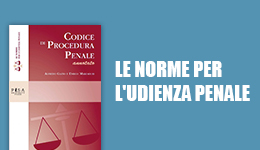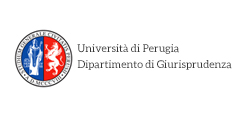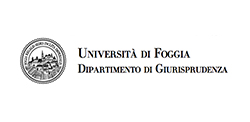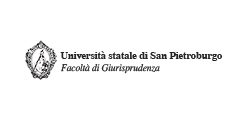Il reato cumulativo. Il diritto penale davanti al problema dei grandi numeri
Archivio Penale
© dell'autore 2025
Ricevuto: 23 September 2025
| Accettato: 11 October 2025
| Pubblicato: 13 October 2025
L’intero articolo è disponibile
Riassunto
Un singolo sversamento di acque reflue non compromette in modo irreparabile la fauna di un fiume, così come l’ingestione di un solo alimento con residui di pesticidi non pregiudica la salute, né l’acquisto di un piccolo prodotto finanziario ad alto rischio, di solito, travolge in modo irreparabile la stabilità economica di un risparmiatore vulnerabile. Ma cosa accadrebbe se decine o centinaia o migliaia di simi- li condotte si sommassero nel tempo? Cosa accadrebbe se cento aziende riversassero la loro piccola e individualmente innocua quota di reflui nello stesso fiume? Cosa accadrebbe se ogni singolo pasto, per vent’anni, introducesse nel nostro stomaco tante piccole quantità di sostanze chimiche cancerogene? O se tutti gli istituti di credito proponessero, nel tempo, decine o centinaia di prodotti inadeguati ai mede- simi soggetti fragili? Cosa accadrebbe, insomma, se lo facessero tutti? Dinanzi a queste micro-offese, spesso già oggi diffuse, il Codice penale e la sua dogmatica appaiono inadeguati. Il presente contributo esplora la categoria del reato cumulativo, come chiave di lettura del “problema dei grandi numeri”, ossia dell’effetto sinergico di condotte dolose o colpose, individualmente non sufficienti a ledere il bene giuridico. In un primo momento si tentata una ricognizione dello stato dell’arte; in un secondo momento, invece, si approfondisce la distinzione tra “reato a condotta cumulativa” – la cui offensività emerge solo in un contesto collettivo – e “reato ad evento cumulativo”, in cui l’evento lesivo o di pericolo si rea- lizza attraverso la somma di apporti individuabili, riconducibili a un singolo autore o a un gruppo de- terminato.
A single discharge of wastewater does not irreparably compromise the fauna of a river, just as the ingestion of a single food item containing pesticide residues does not endanger one’s health, nor does the purchase of a small high-risk financial product usually shatter the economic stability of a vulnerable saver. But what would happen if dozens, hundreds, or thousands of such actions accumulated over time? What if one hundred thousand companies each released their small and individually harmless share of effluent into the same river? What if every single meal, over a span of twenty years, introduced small amounts of carcinogenic chemicals into our bodies? Or if all credit institutions repeatedly offered dozens or hundreds of unsuitable financial products to the same vulnerable individuals? In short, what would happen if everyone did it? Faced with these micro-offences, many of which are already wide- spread, the Criminal Code and its dogmatics prove inadequate. This contribution explores the category of cumulative offence as a conceptual tool for addressing the “problem of large numbers” – namely, the synergistic effect of independent intentional or negligent conducts which, taken individually, are not sufficient to harm the legal interest. The first part offers a survey of the state of the art; the second delves into the crucial distinction between the cumulative offence in the strict sense – a conduct-based offence, whose harmfulness emerges only when placed within a collective context – and the cumulative event of- fence, in which the harmful or dangerous event materialises through the aggregation of contributions attributable to a single perpetrator or to a defined group of actors.
Percorso di valutazione
Peer reviewed. Certificazione della qualità











